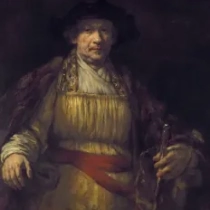 1606 - 1669
baroque
1606 - 1669
baroque
Description Rembrandt Van Rijn
Rembrandt van Rijn, born in 1606 in Leiden, Netherlands, became a towering figure of the Dutch Golden Age and a master of chiaroscuro, captivating the world with his innovative approach to light, shadow, and the human soul.
Rembrandt's early years were marked by his apprenticeship under various artists, including Pieter Lastman. However, it was his move to Amsterdam that ignited his artistic ascent. His magnetic charisma attracted students, and his studio became a hub of artistic exploration.
His marriage to Saskia van Uylenburgh not only brought personal happiness but also financial stability. The famed "The Anatomy Lesson of Dr. Nicolaes Tulp" showcased Rembrandt's ability to infuse a group portrait with dynamism and psychological depth, setting the stage for his illustrious career.
The 1630s marked a period of prolific creativity, with Rembrandt producing masterpieces like "The Night Watch" and "The Jewish Bride." His innovative use of light and shadow, exemplified in works like "Self-Portrait with Two Circles," set him apart as a master of chiaroscuro, casting an introspective glow on his subjects.
Rembrandt's artistry extended beyond portraits and historical scenes. His intimate etchings, such as "The Three Crosses," showcased a profound understanding of human emotion and the capacity to convey the divine through ink on paper.
Financial troubles befell Rembrandt in the 1640s, leading to the auction of his possessions. Despite these challenges, his later years witnessed a deepening exploration of the human condition. Works like "The Jewish Bride" and "The Syndics of the Drapers' Guild" revealed a nuanced understanding of relationships and a mastery of group portraiture.
The loss of Saskia and his financial woes contributed to Rembrandt's evolving style. His later works, characterized by a more introspective tone, reflected a profound engagement with the spiritual and philosophical dimensions of existence. Pieces like "The Return of the Prodigal Son" and "Self-Portrait with Two Circles" conveyed a poignant introspection.
Rembrandt's life came to a close in 1669, leaving behind a legacy that transcends the boundaries of time. His influence on generations of artists, from the Dutch Masters to the Impressionists, attests to the enduring power of his artistic vision. Rembrandt's ability to capture the essence of humanity, whether in the penetrating gaze of a portrait or the tender embrace of a biblical scene, immortalized him as a true luminary of art, leaving an indelible mark on the canvas of art history.
Gallery
Paintings Rembrandt Van Rijn
Quotes
Choose only one master—Nature.
I can't paint the way they want me to paint, and they know that too. Of course, you will say I am mad.
Practice what you know, and it will help to make clear what now you do not know.
Without atmosphere, a painting is nothing.
A work of art is complete when, in looking at it, the presence of the creator is no longer noticed.
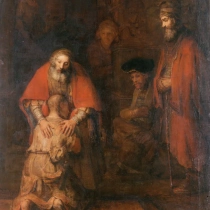
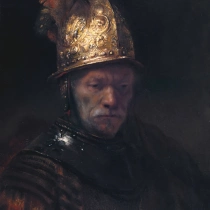
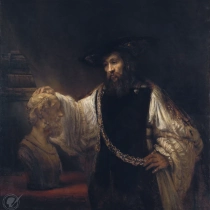
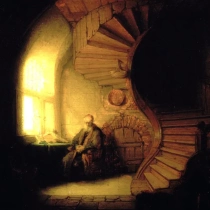
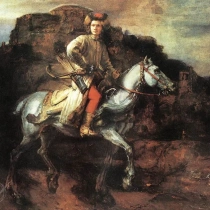
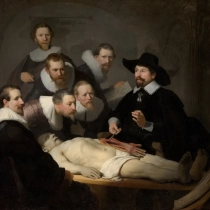
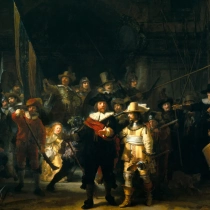
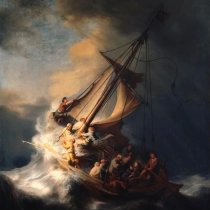


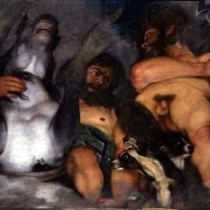

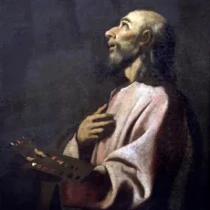
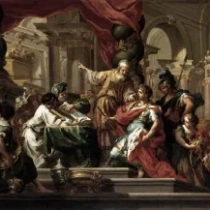
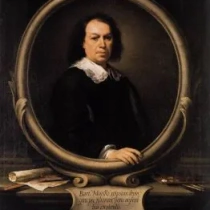


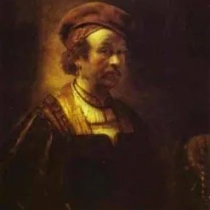
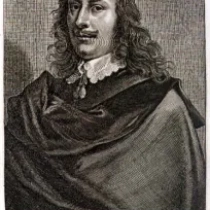
No Comments Yet...